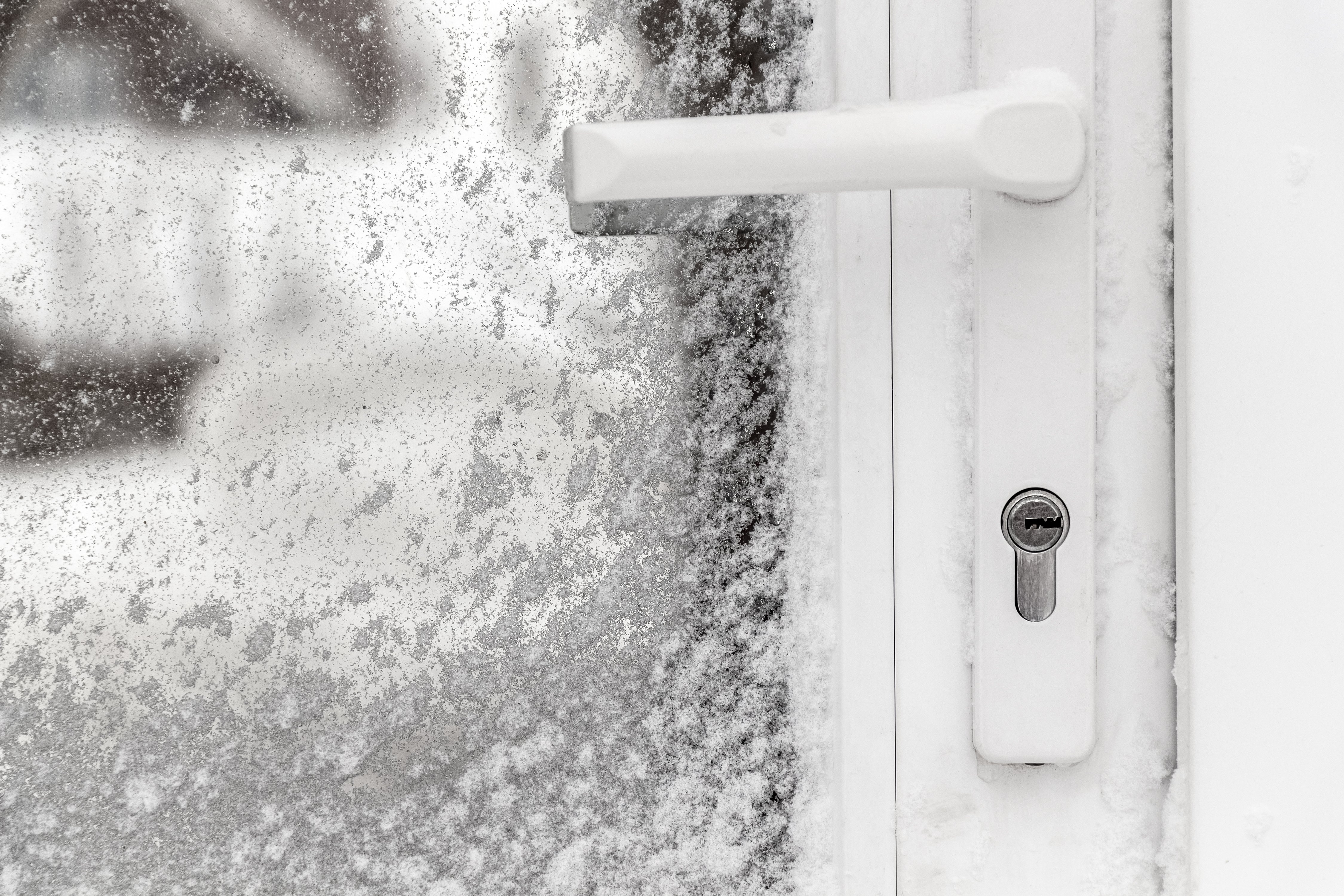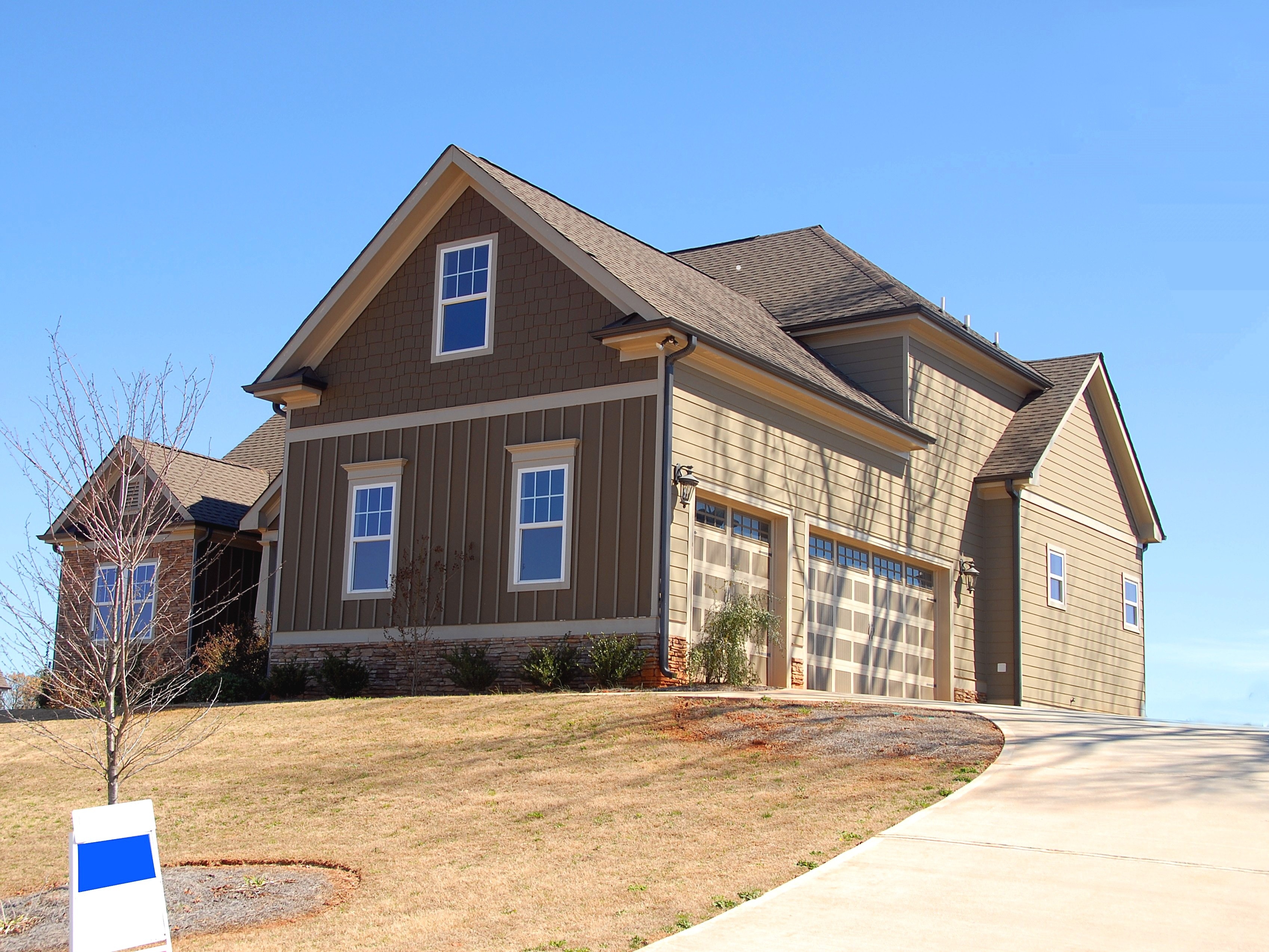
Without proper care and attention, energy bills in the wintertime can grossly exceed what we actually have to spend to keep our homes comfortable. The sheer variety of ways that energy efficiency can be leached from a home is one of the greatest problems facing the diligent owner. Improperly sealed windows, old siding, inadequate insulation in the walls -- there is, unfortunately, a plethora of little escape routes and crannies for the heat to leave and the cold to work its way in. In this article we’ll talk about some of these routes, and go over some practical ways to address them.
1. Weatherstripping Windows and Doors
Weatherstripping is one of the cheaper projects you can undertake before the coming Winter season, and if done properly will (in a literal way) start paying dividends immediately.
Weatherstripping kits are sold in every major home goods store and come in a variety of patterns. The most complicated aspect of the project for less-experienced handy people will be accurately measuring the door jambs and cutting the weatherstripping accordingly. The simple fact is, that it’s highly unlikely that any store-bought kit you purchase will coincidentally fit the door or window you’re working on. So clean, accurate adjustments with a handsaw are going to be the order of the day.
When it comes to windows, you can either substitute or augment actual weatherproofing with any number of popular brands of shrink-wrap kits. If installed correctly, shrink wrap can be an extra layer of protection for your home as well.
2. Check your Insulation
Short of actually cutting up the relevant sections of your home’s walls and looking inside, there is no direct ‘yes-or-no’ test to see if your insulation is sufficient. Instead, a homeowner will have to look for several indicators on how effectively your home is able to regulate temperature.
The first is a touch-test: your walls should feel room-temperature and dry. If an exterior wall in your home feels like it’s made out of ice when the temperature drops, chances are it’s not doing much to keep you warm inside. Another indicator is fluctuating temperatures -- it’s normal for rooms closer to the exterior to be a little colder, but differences of more than a couple of degrees might indicate that your home is having trouble regulating temperature.
Articles like this one list many more, but the touch-test and gauging how different rooms feel are the most direct ways to tell. Unlike the somewhat- DIY project of weatherstripping doors, correctly and safely installing insulation requires an experienced contractor. For the most bang for your buck, many sources suggest focusing on your attic space, as this is where concentrated heat loss occurs.

3. Check your Siding and Roofing
This one is pretty straight forward walk around the outside of your house and inspect it for any gaps or damage.
Closely inspect how the siding joins with window- and door-frames; if there’s a noticeable distance between them, seal it with caulk. Look over your roof and take an honest assessment of the health, number of shingles and waterproofing. Like the previous item, any serious issues with your siding or roof will probably require the attention of a professional. Modernize.com has an excellent article explaining what time of year is best for getting this kind of work done, which can have an effect not just on your quote but on the lifetime of material.
4. Seal Obvious Gaps
It always pays to look after the low-hanging fruit. Some of the simplest fixes can be the most effective at solving quality of life issues like drafts. For instance: open your front door and try to lift up and down on the handle. If the door moves, that’s a sign that its hinges need to be tightened, or that it might not be sitting in its frame properly, allowing cold air through. Applying the same procedure to interior doors can help you shore up your energy efficiency even further.
Placing simple, slip-under-the-door foam stoppers on entryways into particularly drafty areas of any house, like the attic, is another good way to get a comparatively big bang for your buck as energy savings accumulate over time.

5. Evaluate SHGC and U factor
SHGC, or Solar heat gain coefficient, is the amount of solar light that is admitted through a window or door, and released as heat into a home. The SHGC scale runs low to high, meaning the lower the coefficient, the less solar heat enters a home. While the initial response may be to purchase a replacement door or window with the lowest possible SHGC, that may not always be best for sustained savings. The climate of any given home’s location can play an influential role in determining the optimal SHGC rating. For example, if you live in a cold, northern region, then a high SHGC rating may actually benefit your home, as it will allow more solar heat to enter a home during the fall and winter months. If you live in a hot, southern climate, where a low SHGC rating will help keep a home cool in the summer.
Invest in your Home this Winter
Builders and Remodelers has been providing the most superior and energy efficient options available for over 60 years. We pride ourselves on our experience, versatility and professionalism, and guarantee the perfect installation every time. Our range of services and products mean we have the skill and materials necessary to transform any home. Reach out today to get started, or request a free consultation.








